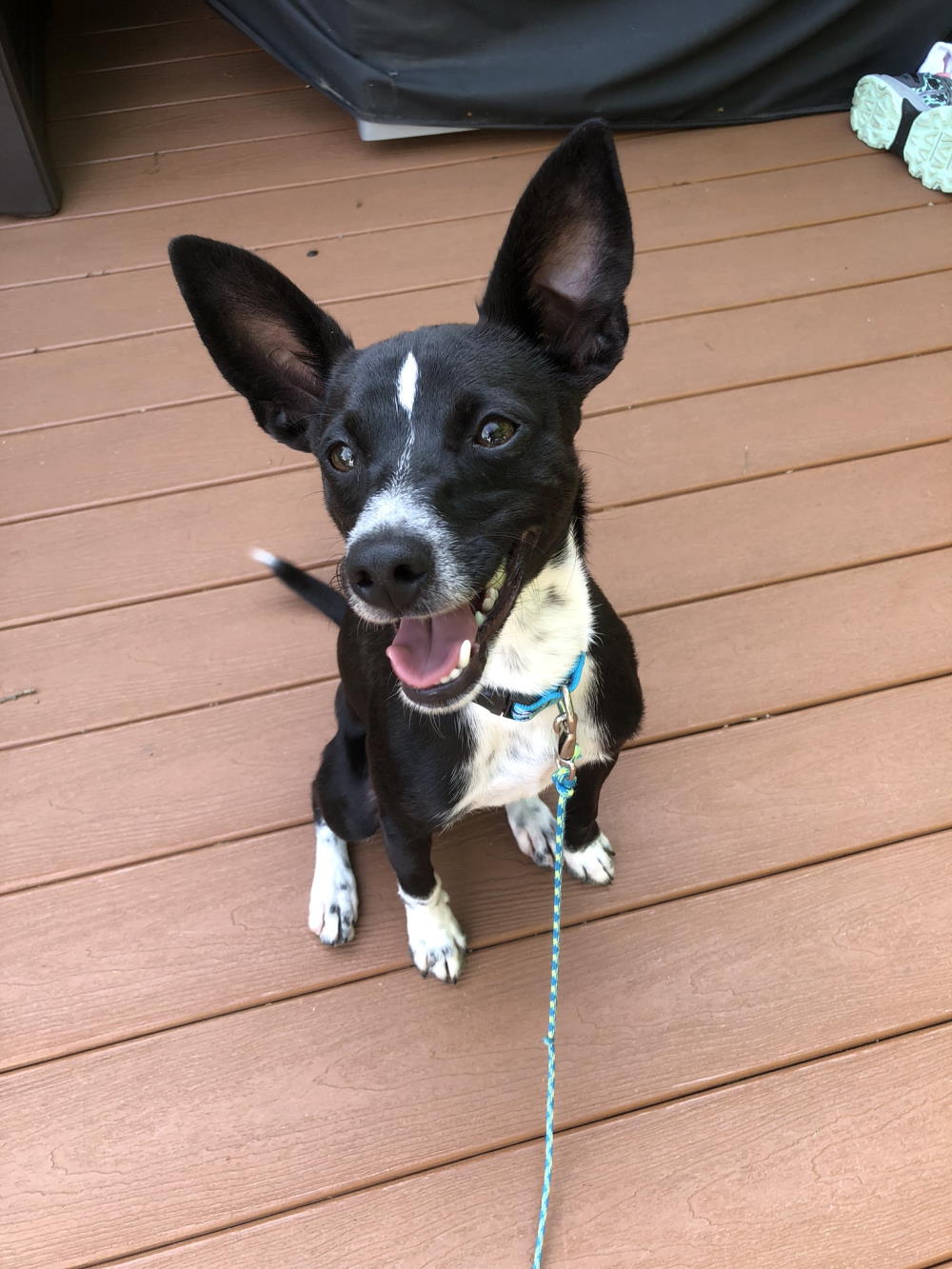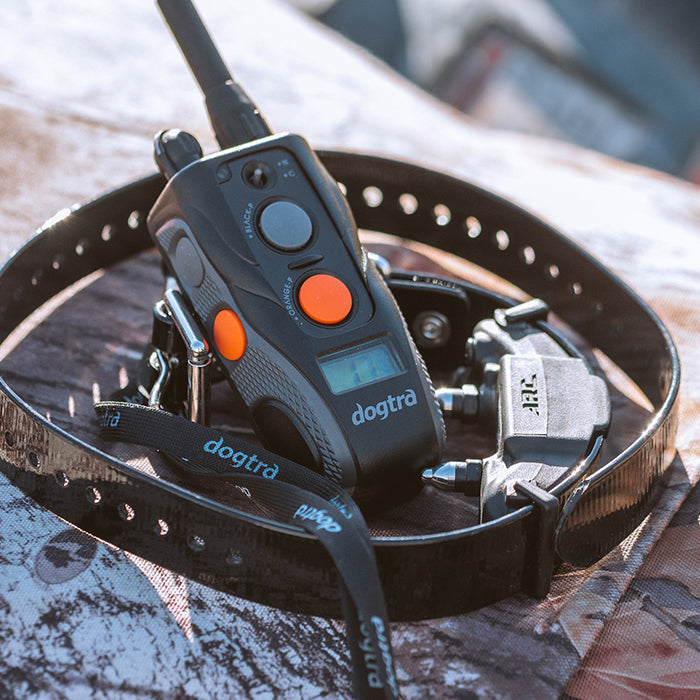THREE WAYS TO IMPROVE YOUR DOG’S BEHAVIOR RIGHT NOW

If you are working on obedience training your dog and teaching commands like Sit, Come, Heel, and Down, it is important to understand that it takes time and there is no shortcut to a well-trained dog!
But don’t let the necessary time involvement deter you from developing good manners starting right now. You can create dramatic improvement in your dog’s behavior simply by implementing a few habits into your daily routine.
When you combine adequate exercise, good nutrition, and health care with these 3 management tips, you will be well on your way to a calmer, better behaved dog. These tips will make your obedience training more efficient and help minimize any nuisance behaviors that your dog may have.
3 simply ways to improve your dog’s behavior right now:
1. Stop talking so much!
You may not realize it but your dog is more responsive to body language and visual cues than to words. Because dogs are predators by nature, they are very skilled at picking up even the most subtle changes in movement. You can take advantage of that skill to influence your dog’s behavior.
Talking less will actually encourage your dog to pay better attention to you.
For example:
If you are tired of your dog going crazy every time you go to put his leash on to go for a walk, don’t use words to try to convince him to calm down. No amount of talking is going to teach your dog to relax, so stop trying and simply hold still. Don’t move any closer or make any attempt to clip the leash on. Instead, stay silent and wait for your dog to settle. Once he does, calmly proceed forward. If the wild behavior starts again, stop and hold still again. It may take a few minutes but your dog will realize that if he remains calm, then you will come to him, attach the leash, and go for a walk. If he acts wild and crazy, then everything stops! :-)
Silence makes it much easier for your dog to learn this lesson. If you’re babbling away while trying to get your dog to settle, you’re just adding more energy to an already exciting situation.
Try this same concept at feeding time, or when you go to let Fido out the door. Don’t put the food on the floor until your dog is calm and wait until he sits before you open the door. After a few sessions of this, your dog will associate having calm behavior with certain visual cues. Getting the leash will lead to a dog that waits patiently for you to be ready to go. Feeding time will be relaxed rather than chaotic and Fido will sit politely while you open the door rather than pawing and barking.
2. Teaching the dog to move out of your way (or yield space).
Just as dogs naturally read movement and body language, they also understand the value of space. I don’t mean they need a large expanse of property to run free on (although that isn’t a bad thing!) I mean that they understand the idea of claiming space and how it relates to a hierarchical relationship.
Dogs have a tendency to guard space. In some situations, guarding is desirable. We tell heroic stories of dogs that scare off the thief breaking into our home, but none of us want to see those teeth bared at us when we go to sit down on the sofa.
Teach your dog to be more tolerant of human infringement in their “personal space” by practicing yielding exercises.
This is most easily accomplished with new puppies who haven’t had time to develop success with guarding behaviors. With older dogs it might be a little trickier, so see tip #3 for additional help.
The basic premise is to have your dog move out of your way. If your dog happens to be lying in a hallway, shuffle your feet “through” him so that he has to get up and get out of your way, rather than stepping over your dog. If Fido is using your favorite chair for a nap, escort him to move so you can sit there. The point isn’t to go out of the way to harass your dog every time he lies down, but it is valuable to insist he will yield and “move over” when you need him to do so. Just as we teach our children to offer an elderly person our seat, or we politely hold the door open for someone to pass through before us, teaching our dogs to step aside and relinquish space is a sign of respect that has a trickledown effect on maintaining good manners.
3. Use crates, gates, and drag lines to help enforce the household rules.
Creating structure, rules, and boundaries is essential to helping our dogs successfully navigate living in the human world. In our homes, it is easier to enforce those rules and boundaries if we manage the environment, rather than allowing the dog to totally do as he pleases. All too often, total freedom equates to our dogs doing things we consider naughty or unacceptable.
Attaching a lightweight leash to your dog’s collar is a very simple way to give yourself an advantage if your dog likes to play “catch me if you can,” jump on visitors at the front door, or won’t move off the furniture. Having 5 or 6 feet of leash dragging behind the dog makes it quick and easy to step on or grab a hold of when you need to.
The same goes for using a gate to limit space, or using a crate when you can’t supervise. Having some limitations to freedom will minimize your dog getting into mischief and help you maintain more peace around the house.
Crates, gates, and drag lines are to dog training what cribs, security gates, and holding hands are to child rearing.
They limit the potential for accidents and help insure control and safety. These management tips don’t need to last a lifetime, but rather, can fade away as our dogs learn how to successfully share our homes.
Happy Training!




